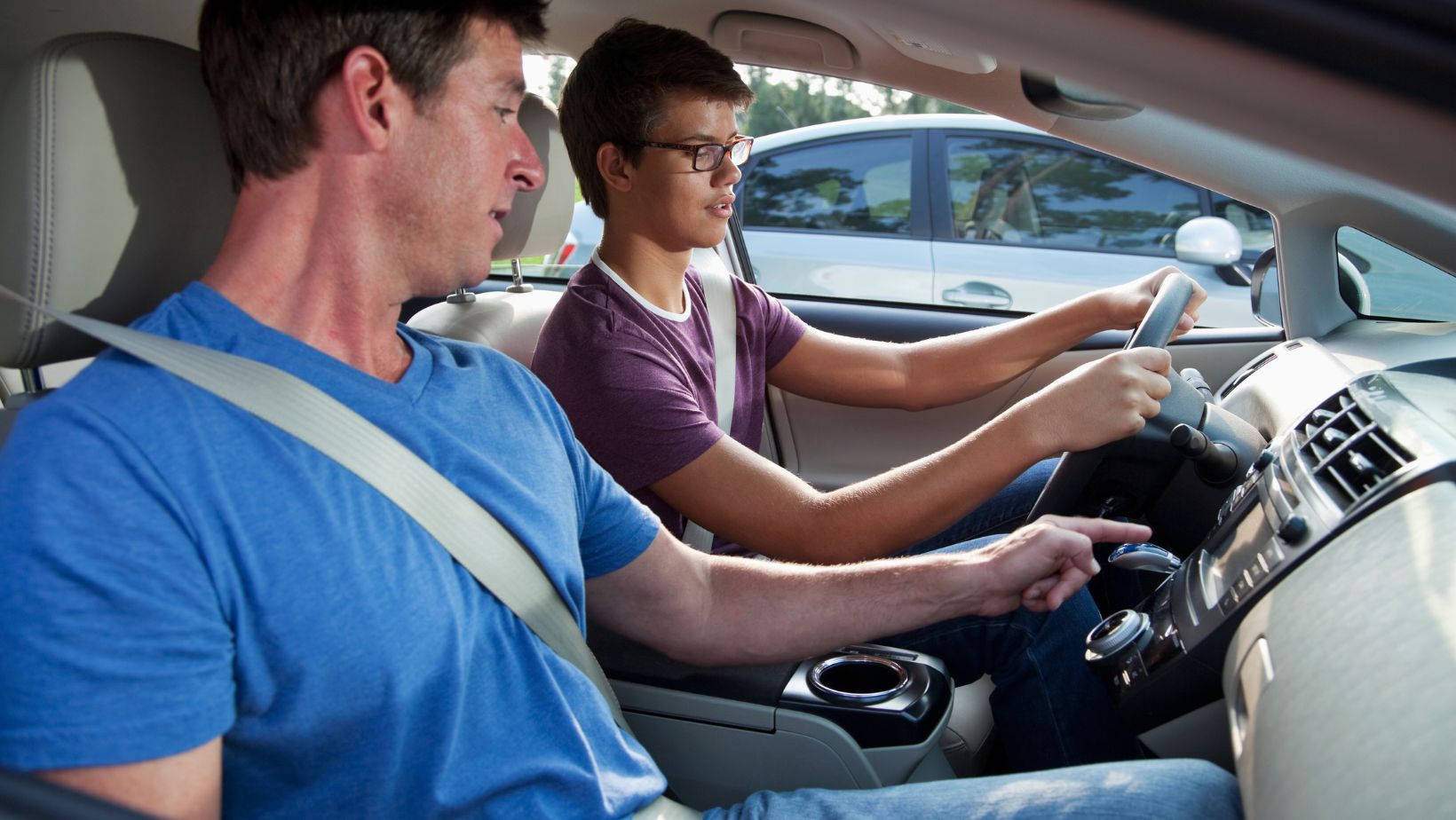As parents, we constantly worry about our children’s safety, especially when it comes to driving. Whether we are shuttling kids to school, soccer practice, or weekend activities, the roads are fraught with risks. Defensive driving is a key strategy to enhance safety on the road, ensuring not just your own safety but that of your children and others around you. Here are some essential defensive driving tips for parents to help navigate the roads more safely.
Stay Focused and Avoid Distractions
One of the most critical aspects of defensive driving is maintaining focus. Distracted driving is a leading cause of accidents, and it’s particularly easy to become distracted with children in the car. Make sure all necessary adjustments, such as setting the GPS, adjusting mirrors, and controlling climate settings, are done before you start driving. If a child needs attention, find a safe place to pull over rather than trying to address their needs while driving.
Keep a Safe Distance
Maintaining a safe distance between your vehicle and the car ahead is crucial. This provides ample time to react if the vehicle in front of you stops suddenly. The general rule of thumb is to keep at least a three-second gap under normal driving conditions. Increase this to five or six seconds in adverse weather conditions like rain, fog, or snow.
Follow the Speed Limit
Speeding reduces your reaction time and increases the severity of accidents. Always adhere to the speed limits, especially in school zones and residential areas where children might be present. Remember, it’s better to arrive a few minutes late than to risk an accident.
Be Aware of Your Surroundings
Specialized Atlanta car accident attorneys suggest constantly scanning your surroundings to be alert of any hazards while driving. Check your mirrors regularly and be aware of vehicles in your blind spots. Anticipate potential hazards by watching the behavior of other drivers and pedestrians. This proactive approach can help you avoid collisions and other dangerous situations.
Use Indicators and Signals
Signaling your intentions well in advance is a fundamental defensive driving practice. Whether you are changing lanes, turning, or making a stop, use your indicators to inform other drivers of your actions.

This communication reduces the likelihood of misunderstandings and accidents.
Manage Road Rage and Stay Calm
Driving can be stressful, and it’s easy to become frustrated with traffic or other drivers. However, displaying aggressive driving behaviors on the road can escalate situations and lead to accidents. Practice patience and stay calm, even in challenging driving conditions. If you encounter an aggressive driver, do not engage. Instead, create distance between your vehicle and theirs.
Prepare for the Unexpected
Defensive driving involves anticipating and preparing for unexpected events. Always have an emergency kit in your vehicle, including items like a first aid kit, flashlight, basic tools, and non-perishable snacks. Make sure your phone is charged and that you have a backup charger in the car. Familiarize yourself with basic vehicle maintenance, such as changing a tire or checking oil levels, to prevent being stranded in a potentially dangerous situation.
Educate Your Children About Safety
Teaching your children about road safety is equally important. Explain the importance of seat belts and ensure they are always worn properly. Educate them on the dangers of distracting the driver and the importance of staying calm and quiet during the trip. Leading by example is crucial; when your children see you practicing safe driving habits, they are more likely to adopt these behaviors themselves.
Stay Updated with Driving Laws
Driving laws can change, and staying informed about the latest rules and regulations is important.

This includes understanding new traffic signs, road markings, and changes in speed limits. Regularly review driving handbooks or take refresher courses to keep your knowledge current.
Regular Vehicle Maintenance
A well-maintained vehicle is essential for safe driving. Regularly check your car’s brakes, tires, lights, and fluid levels. Address any issues promptly to avoid breakdowns or accidents caused by mechanical failures.
Defensive driving is about being prepared, aware, and proactive. As parents, incorporating these tips into your daily driving routine can significantly enhance the safety of your journeys. Remember, the goal is to protect not only your family but everyone on the road. Safe driving is a responsibility we all share, and by practicing defensive driving, we contribute to a safer driving environment for everyone.
My name is Andrea Thompson and I’m a home based freelance writer. I’m 23 years old, married to my best friend, and mother to a wonderfully independent and opinionated 3 year old girl and step-mother to a sweet seven year old boy. I live in a tiny, little town in Kentucky, where I spend my free time fishing with my kids.
Writing has always been my passion, which I followed through high school, and for a while in college. Life happened, and once I discovered we were pregnant, I switched directions; opting for the healthcare industry because of the stability.
Finally, years later, I was in a place where I could leave the day job that never truly made me happy, and pursue my dreams. I’ve built, and am still building, my writing career from scratch. But, I’m passionate and I’m good at what I do. And, in the end, I can prove to my daughter that she can do anything she wants with this life.





